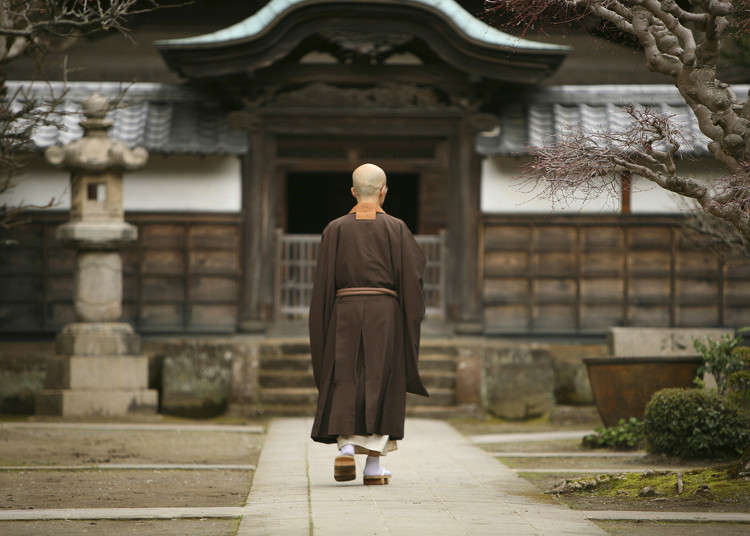
Zen is closely associated with many Japanese arts. Nowadays, this word is known all over the world. However, its real meaning is often misunderstood. Recently, it became easier to discover in Japan this branch of Mahayana Buddhism, including the sitting meditation that comes with it, known as zazen. Additionally, temples all around Japan are opening their doors to foreign visitors. The cost is usually negligible, from free to a modest contribution.
Zen’s Roots: From China to Japan
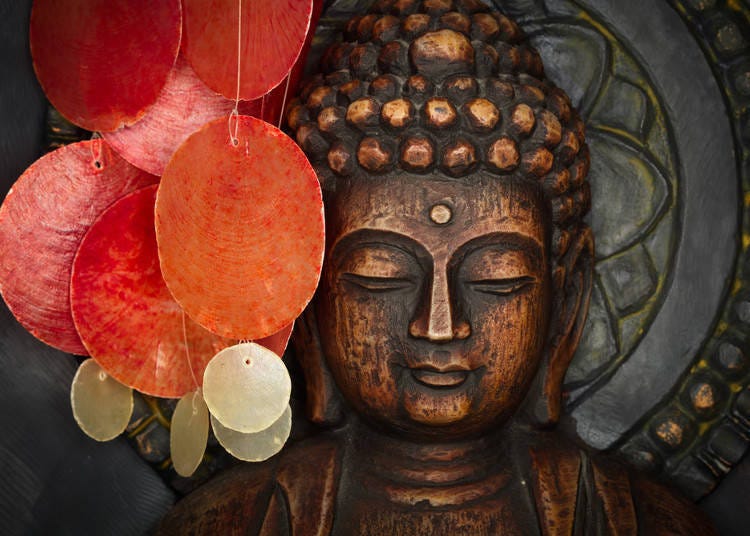
The roots of zen Buddhism trace back to the 12th century, when it is said to have been brought to Japan by Buddhist priest Myoan Eisai after a visit from China (he is also credited as introducing green tea to Japan as well). While what is known today as “Zen” has undergone many transformations over the ages, the basic principles remain true to tradition.
Three Main Schools of Zen
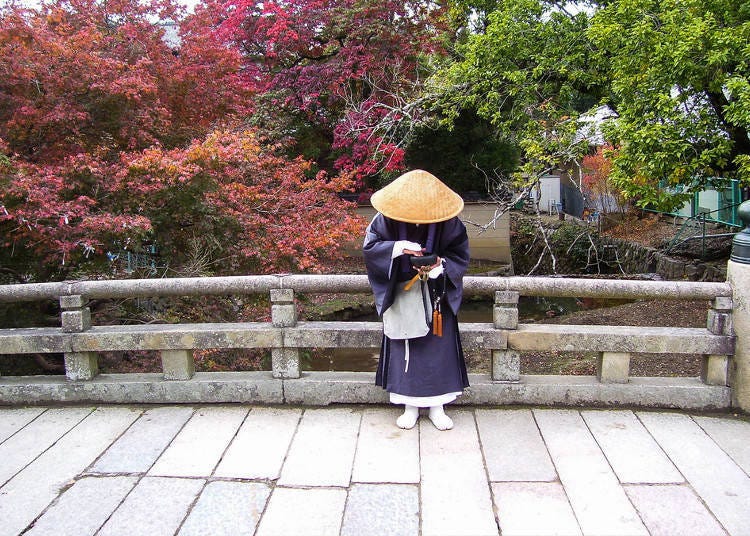
There are three main traditional schools of Zen in Japan, each with its own background and specificities.
The Soto Sect
Soto is the largest of the sects. Historically practiced by the lower classes, artists, and poets, the Soto sect emphasizes the practice of sitting meditation known as zazen. Practitioners face a wall or a curtain during this meditation.
The Rinzai School
Traditionally practiced by the samurai caste, the Rinzai School include the presence of Koan, a kind of short and paradoxical sentence that cannot be solved intellectually. However, those are usually introduced only after good posture and concentration were achieved during the seated meditation.
The Obaku Sect
The smallest of the sects, the Obaku sect was formed by a small group made up of Buddhist masters from China and Japanese students at the Manpuku Temple (Manpuku-ji). To this day, those in the Obaku sect continue to chant sutras in the Chinese language.
A Daily Practice
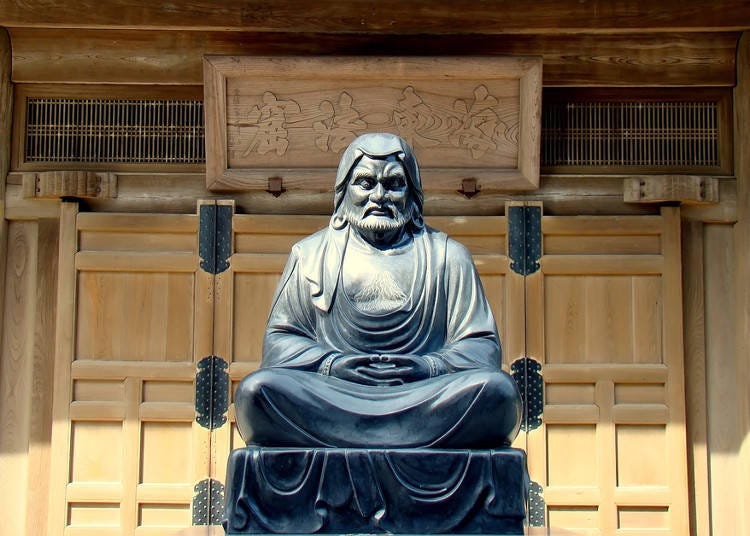
In the zen meditation, posture is everything. For a first-timer, it requires being in good health and fairly flexible, as it can be quite challenging for those who are not used to it. Indeed, it requires sitting during several periods of 15 minutes on a big flat zabuton and on a zafu, two types of Japanese cushions. However, for people with knee problems some alternatives can sometimes be found, such as sitting on a chair.
But what to do exactly when sitting? Actually, this is where zazen differs from other types of meditation. While the latter might encourage practitioners to think of an image or focus on a unique thought, zazen requires nothing except keeping a good posture and breathing: there is no goal or aim attached to it. This is why the word in itself means “seated meditation”. During this meditation it’s important to be mindful of your breathing. Being aware of your own posture and what’s going on around and inside you, without focusing on it, might seems easy to say, but it takes years before achieving perfect concentration.
Japanese Zen in Western Culture
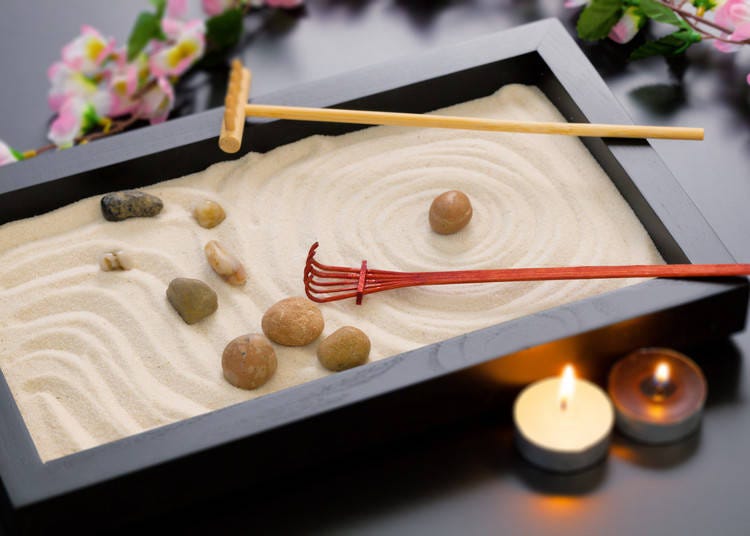
The popularity of Zen has even spread to the Western World. A pivotal point was when the Japanese monk, Soyen Shaku visited Chicago in 1863. This opened many people’s eyes to the practice and culture of Zen. It has since become the subject of many books written by Westerners, as well as the inspiration for a number of American Beat poets. Why not try it for yourself?
*Prices and options mentioned are subject to change.
*Unless stated otherwise, all prices include tax.
Popular Tours & Activitiess
Recommended places for you
-
Appealing

Rukku and Uohei
Izakaya
Sapporo / Chitose
-

Kambei Sannomiyahonten
Yakiniku
Kobe, Sannomiya, Kitano
-

Jukuseiniku-to Namamottsuarera Nikubaru Italian Nikutaria Sannomiya
Izakaya
Kobe, Sannomiya, Kitano
-

Kanzenkoshitsuyakinikutabehodai Gyugyu Paradise Sannomiya
Yakiniku
Kobe, Sannomiya, Kitano
-

ISHIDAYA Hanare
Yakiniku
Kobe, Sannomiya, Kitano
-
Goods

Yoshida Gennojo-Roho Kyoto Buddhist Altars
Gift Shops
Nijo Castle, Kyoto Imperial Palace
-
Ad

Complete Guide to Ueno's National Museum of Nature and Science, the Perfect Place to Visit on Rainy Days or With Children
-

Japan’s Shinkansen Is About to Change Travel in an Unexpected Way
by: Guest Contributor
-

How to Get Don Quijote's Exclusive 2025-2026 Winter Gift (+Tax-Free Savings)
-
Ad

Discover the "Miraculous Forest" in the Heart of Tokyo: The Institute for Nature Study (9 Minutes from JR Meguro Station)
-

New in Ginza! Air BicCamera Ginza Opens with a Faster, More Convenient Shopping Experience
by: Guest Contributor
-
Ad

(Opening in Jan 2026) 'THE SUMO LIVE RESTAURANT HIRAKUZA GINZA TOKYO!' 5 Exciting Ways to Experience the World of Sumo!
-

What is a Goshuin? All About Traditional Japanese Shrine Seals (and why you'll be addicted to collecting them!)
by: Lucio Maurizi
-

Experience Ainu Culture at Upopoy National Ainu Museum and Park
-

Secrets to Shopping in Japan: Guide to Annual Sales in Japan & Where to Shop
by: Miyu Shimada
-

This Awesome Tokyo Experience Will Make You Fall in Love with Japanese Music
by: David McElhinney
-

Where to Stay in Noboribetsu Onen: 6 Ryokan Hotels in Hokkaido's Spa Wonderland
by: Masakazu Yoshida
-
Ad

(Event Report) Spark New Discoveries in Delicious Hokuriku Regional Cuisine: Meet the Next Generation of Chefs Exploring New Frontiers in Japanese Dining Culture
- #best sushi japan
- #what to do in odaiba
- #what to bring to japan
- #new years in tokyo
- #best ramen japan
- #what to buy in ameyoko
- #japanese nail trends
- #things to do japan
- #onsen tattoo friendly tokyo
- #daiso
- #best coffee japan
- #best japanese soft drinks
- #best yakiniku japan
- #japanese fashion culture
- #japanese convenience store snacks












